Darangswi Oreum (Wollangbong Peak) (다랑쉬오름(월랑봉))
6.3 Km 15307 2020-05-06
San 6, Sehwa-ri, Jeju-si, Jeju-do
+82-64-740-6000
Located the Northeastern part of Jeju Island, Darangswi Oreum is a parasitic volcano that stands about 380 meters above sea level. From Darangswi Oreum, visitors can overlook tourist attractions such as Seongsan Ilchulbong (Sunrise Peak), Udo Island, Hallasan Mountain, coastlines, and various parasitic cones.
The mountain has an oval shape from south to north with a steep incline. The top has a large, deep funnel-shaped crater that still preserves its original shape unlike craters in cones. The name Darangswi is derived from the fact that the mountain looks like a moon ('Da' meaning 'Moon' and 'Swi' meaning 'Mountain' in the Jeju dialect).
Trees are scattered here and there at the top, and the outskirts of the mountain are decorated with cedar trees. Meadow plants such as Aster yomena populate most of the mountain. A gentle hill to the right of Darangswi Oreum is called Akkeun Darangswi Oreum (also called Sowol Nangak). Meaning 'small,' 'Akkeun' is both old Korean and Jeju dialect.
Darangswi Oreum hosts Wollang Peak Sunrise Festival every year allowing visitors to see the spectacular full moon from the crater. There are wooden stairs in place for easy ascent, and the mountain is also a popular site for paragliders.
Bijarim Forest (비자림)
6.3 Km 38829 2023-11-06
55, Bijasup-gil, Jeju-si, Jeju-do
+82-64-710-7912
Designated and protected as a Natural Monument, Bijarim Forest is home to 2,800 bija trees, ranging from 500 to 800 years in age, spread over 448,165㎡ land area. These majestic trees range from 7-14 meters in x_height, 50-110 centimeters in diameter, and 10-15 meters in crown x_width, so this forest is quite a rare example of its kind in the world. The berries of bija trees were used widely as a medicine used to kill parasites, while the wood was used to make premium furniture and go boards. Forest bathing in a bija forest helps to combat arteriosclerosis, mitigate physical and psychological fatigue, and restore the body’s rhythm.
Woljeongri Beach (월정리해변(월정리해수욕장))
6.5 Km 30958 2023-01-17
480-1, Haemajihaean-ro, Jeju-si, Jeju-do
+82-64-740-6000
Woljeong-ri, a village located on the east side of Jeju Island, holds the meaning "the moon stays." The beautiful emerald sea spreads out like a picture, and the bright moon shines above it. As more and more travelers visited the beach to appreciate its beauty, many restaurants, cafes, and lodging facilities started to form along the shoreline. Some cafes placed chairs for people to relax in while looking at the sea, which became an iconic photo spot of Woljeongri Beach.
The beach is also a popular location for a variety of water sports such as surfing, snorkeling, and kayaking. Woljeongri Beach is popular among surfers because it has waves with a uniform x_height that are constantly coming in. The beach is also a part of the Gimnyeong-Hado Olle and Gimnyeong-Woljeong Geotrail Course on Jeju Olle Trail Route 20, and a great spot for tourists to take a break while taking in the beautiful scenery and cool scent of the sea.
Maze Land (메이즈랜드)
6.6 Km 50877 2021-12-21
2134-47, Bijarim-ro, Jeju-si, Jeju-do
+82-64-784-3838
Maze Land is a themed park boasting the world’s longest stone maze, measuring roughly 5.3 km in total length. The maze is made mainly using stone and wood found on Jeju and is created to reflect the Jeju's three principle items or "Samda," which describes the things abundant on Jeju Island: rocks, wind, and women. The maze not only offers a fun activity for you and your friends, but also provides health benefits as the stones emit high levels of far-infrared radiation and the woods (T. occidentalis) produce a large volume of phytoncides. The park, with its variety of trees several decades old, is the perfect place for "forest bathing,” in which people surround themselves with nature (particularly trees) to soak in the natural benefits.
In addition to the mazes made of trees and stones, visitors are encouraged to check out the maze museum detailing the history of mazes starting from their origin in the 14th century. During the museum tour, visitors may also participate in hands-on activities such as puzzles and games.
Bravo Beach (브라보비치)
6.8 Km 4 2023-02-17
2614, Haemajihaean-ro, Seogwipo-si, Jeju-do
+82-64-782-8448
Bravo Beach is located near Haemajihaean-ro and Songnan Port in the east of Jeju from which Seongsan Ilchulbong Tuff Cone is seen. The beach uses beds as chairs and decorates the outdoor tables with bamboo shade canopies and rattan furniture, which exudes an exotic vibe. From the second floor, visitors can see Seongsan Ilchulbong Tuff Cone and Udo Island at a glance. The beach also appeals to family travelers for the spacious lawn where children and pets can run around to their heart's content. In addition to common foods and beverages, pet snacks and bottled wine are available. Bravo Beach allows pets as long as the owners attend to their dogs (dog leash, muzzle, pet waste bags, etc.).
Hoeyanggwa Guksugun (회양과국수군)
7.6 Km 105 2021-03-19
270, Udohaean-gil, Jeju-si, Jeju-do
+82-64-782-0150
A Seafood specialty restaurant located in Jeju-si, Jeju-do. The most famous menu is spicy seafood stew. The restaurant owner catches seafood from the sea every day.
Dangcheomuldonggul Cave [UNESCO World Natural Heritage Site] (당처물동굴 [유네스코 세계자연유산])
7.6 Km 20850 2020-04-23
Woljeong-ri, Gujwa-eup, Jeju-si, Jeju-do
+82-1600-0064
Dangcheomuldonggul Cave, located in Jeju, is a lava tube estimated to have been formed some 320,000 years ago due to volcanic activity; it is located approximately 3 kilometers underground. With no entrance as such, the cave is not open to the general public and thus its original form remains preserved to this day, giving it a high geological value.
Although the Dangcheomuldonggul Cave is technically a lava tube, it resembles a limestone cave due to the secondary geological formations
of lime substances that have accumulated in the ground above the tube. The tunnel has a spectacular and mystical beauty with countless stalactites and stalagmites, as well as stalactite columns. The particularly thin stalactites and stalactic columns in this cave are well-known for their uniqueness and beauty. Although this is a relatively small lava tunnel, its exotic colors and the richness of the secondary topological formations make it extraordinary in terms of research value. This cave has been designated natural monument.
* The UNESCO World Heritage inscribed Geomun Oreum Lava Tube System consists of Bengdwigul, Manjanggul Cave, Gimnyeonggul, Yongcheondonggul and Dangcheomuldonggul Caves.
Yongnunioreum Volcanic Cone (용눈이오름)
7.7 Km 20450 2024-03-15
28 Jongdal-ri, Gujwa-eup, Jeju-si, Jeju-do
+82-64-740-6000
Yongnunioreum Volcanic Cone is located in the eastern part of Jeju. It connects three craters and creates beautiful ridges. Its relatively low x_height makes reaching its summit easy. The top offers panoramic views of Seongsan Ilchulbong Tuff Cone and Udo Island in the distance. In spring and summer, the area is covered with green grass, while silver grass takes over in fall and winter.
Yongcheondonggul Cave [UNESCO World Natural Heritage Site] (용천동굴 [유네스코 세계자연유산])
7.8 Km 24114 2020-11-27
Woljeong-ri, Jeju-si, Jeju-do
+82-1600-0064
Yongcheondonggul Cave is the most typical form of lava tunnel on Jeju Island and with a total length of approximately 2,470 meters, it is one of the largest. It has a unique topology and rich limestone formations such as lava terrace, lava shelves, lava waterfalls, and 140 meters of lava rolls. In particular, a range of carbonate formations such as straw soda, stalactite, columns, flowstones, cave corals, and aragonite crystals can be found inside this large cave that also contains a lake. This unique cave is astounding in terms of its geological value and beauty. There are also items that can be found throughout the cave that appear to have been brought in by people who lived on the island long ago, such as pieces of pottery, animal bones, ironware, charcoal and other substances.
* The UNESCO World Heritage inscribed Geomunoreum Lava Tube System consists of Bengdwigul, Manjanggul, Gimnyeonggul, Yongcheondonggul and Dangcheomuldonggul Caves.
Udo Sanho Beach (Seobinbaeksa) (우도 산호해변 (서빈백사))
7.8 Km 38673 2023-10-16
252, Udohaean-gil, Jeju-si, Jeju-do
+82-64-740-6000
Udo Sanho Beach, often referred to as Seobinbaeksa Beach, is a red algal nodule beach. The ocean here varies in colors, from bright emerald to deep sapphire according to its depth for a view incomparable to any other ocean views.
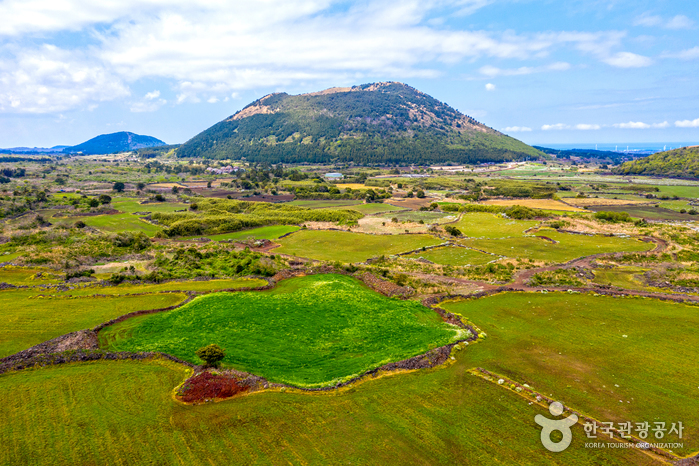
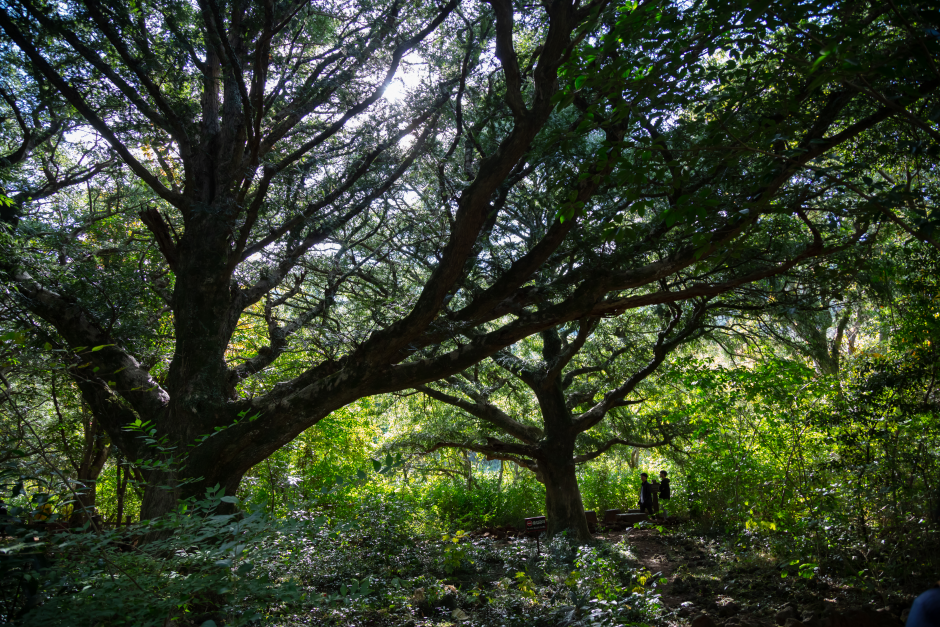

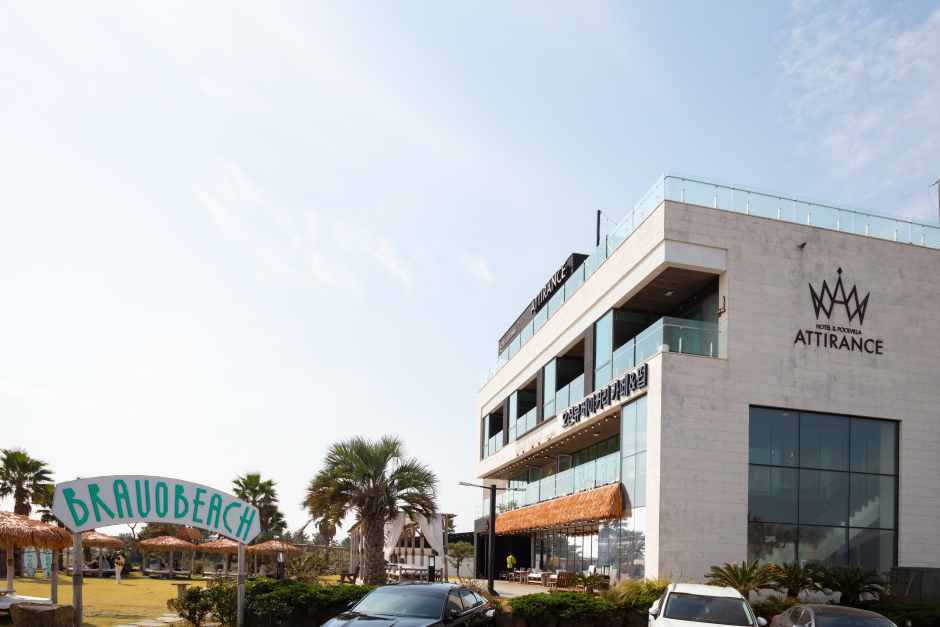
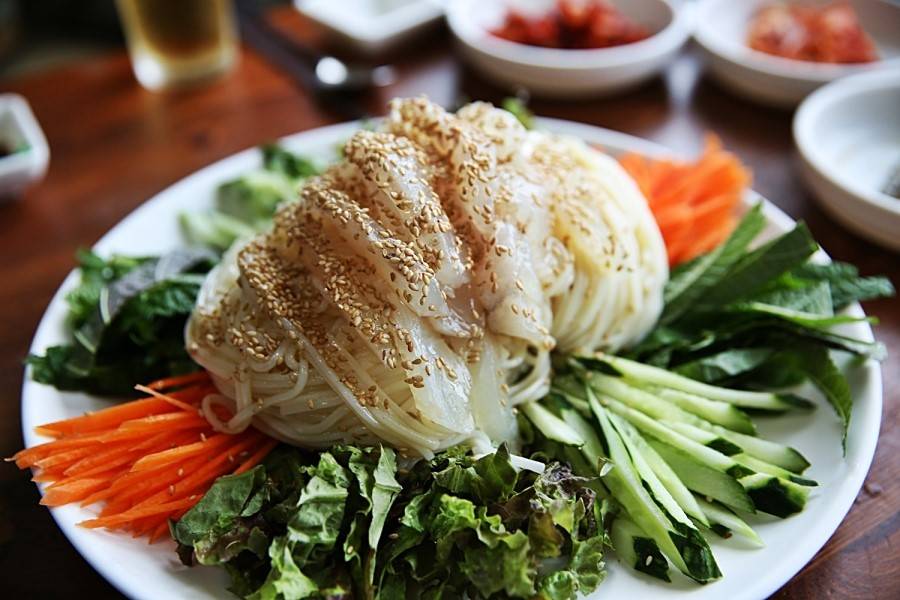
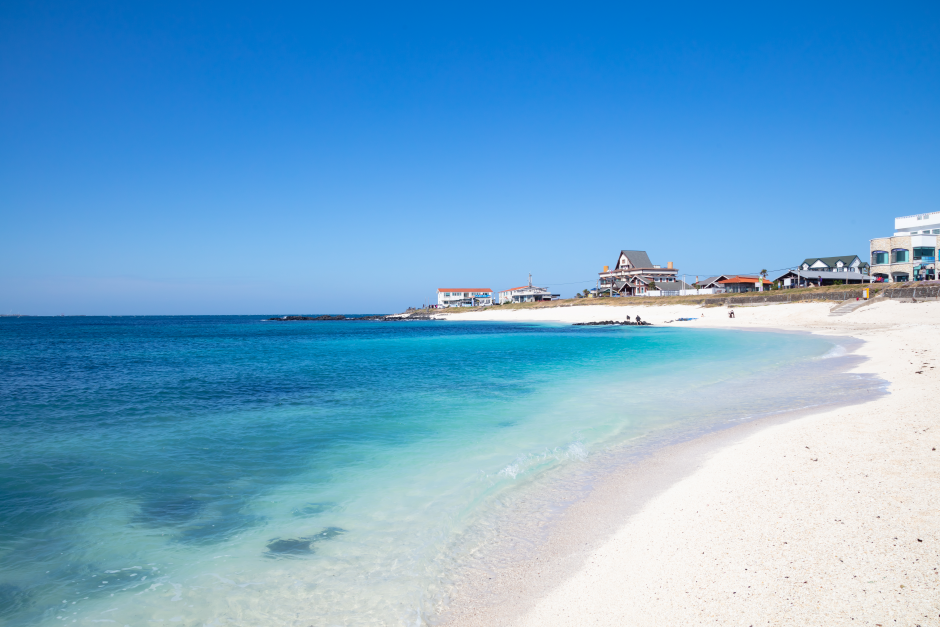
 English
English
 한국어
한국어 日本語
日本語 中文(简体)
中文(简体) Deutsch
Deutsch Français
Français Español
Español Русский
Русский